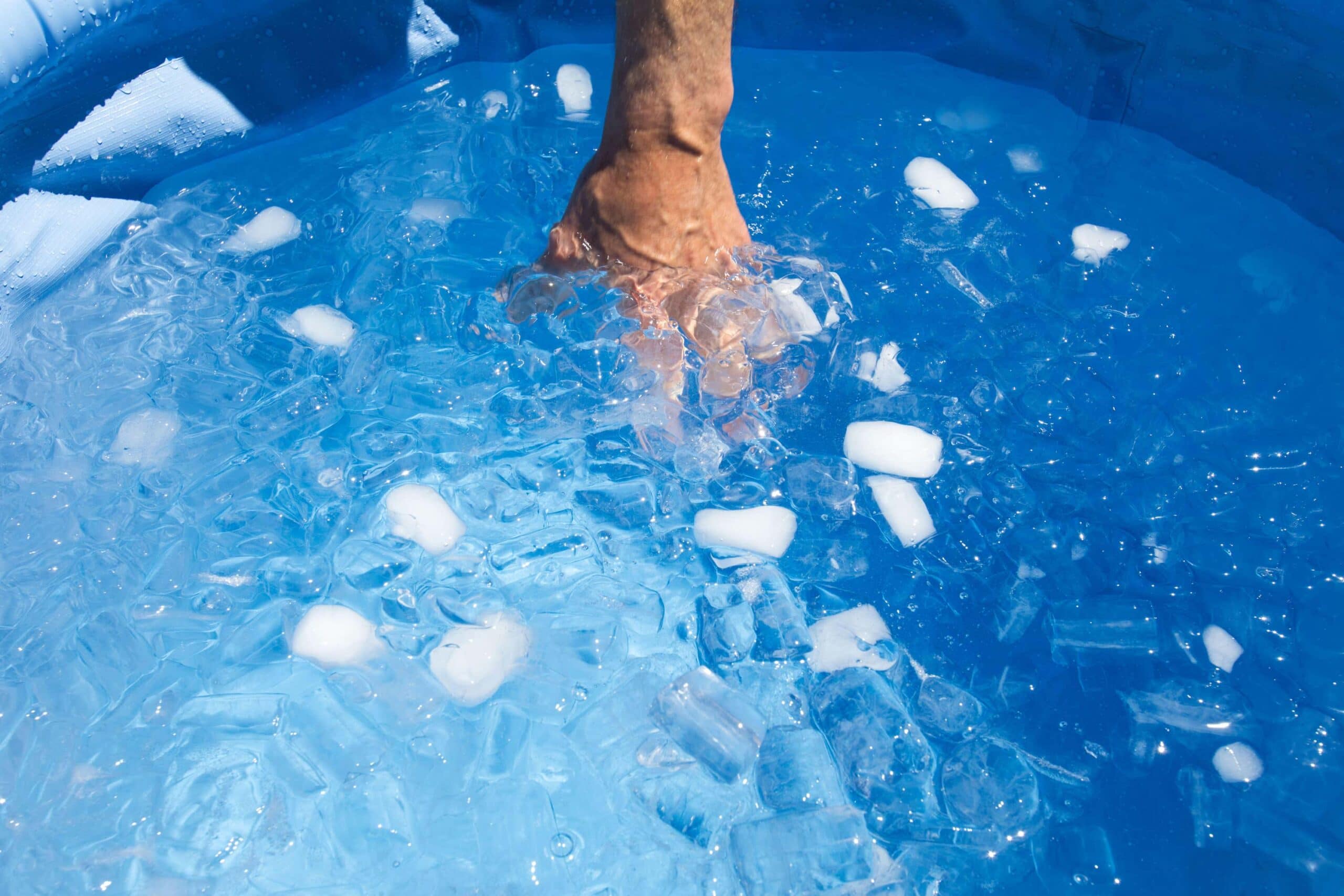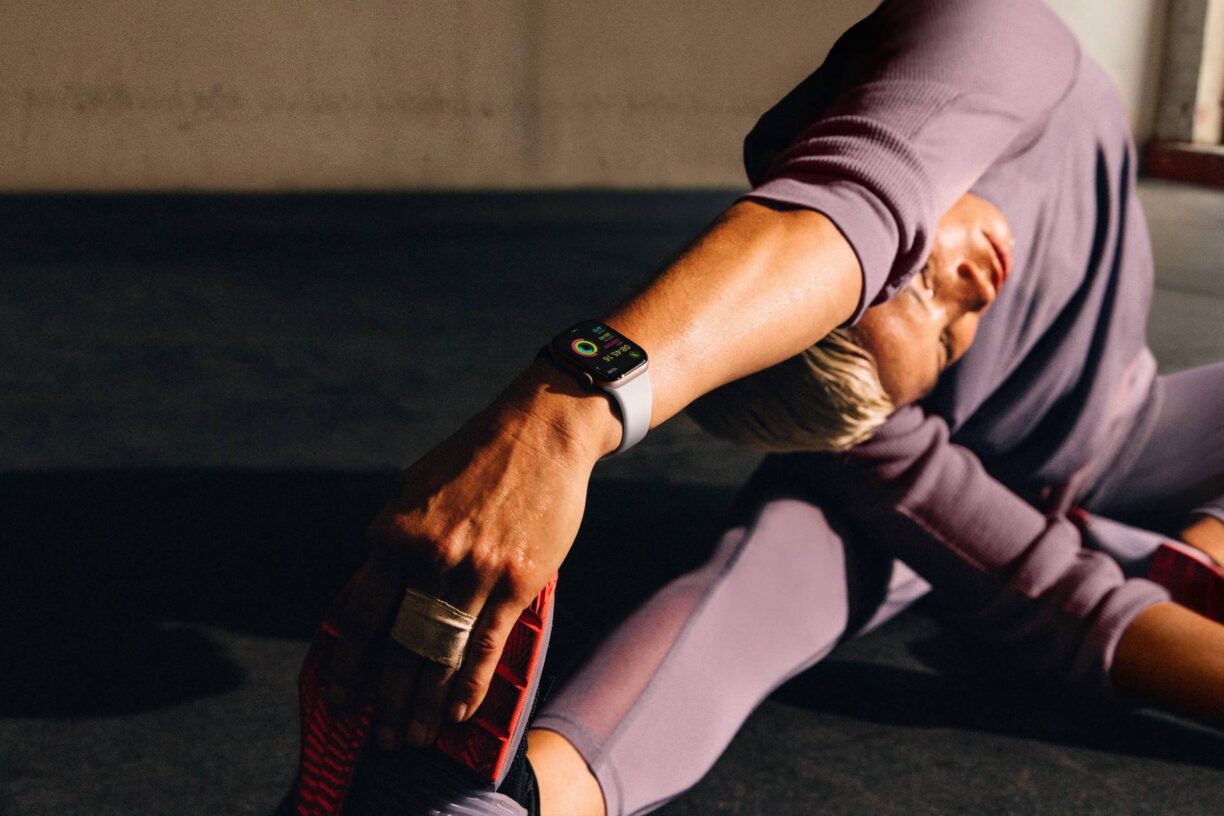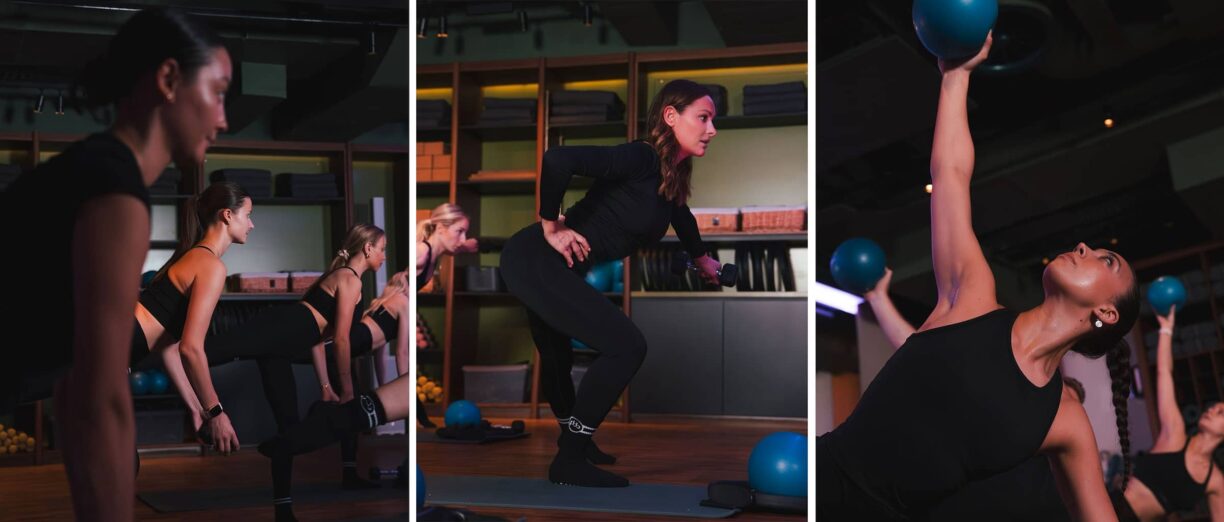TikTok is currently buzzing with a chilly new trend—ice baths. These frosty plunges involve immersing yourself in cold water, often filled with ice, or taking a very cold shower.
The goal? To reap a myriad of physical and mental health benefits, once the initial shock wears off.

But before diving into this trend, it’s crucial to understand the potential risks associated with cold water immersion.
Ice baths might be all the rage, but they can pose dangers, especially for those unaware of cold water shock or who have pre-existing health conditions.
The Perceived Benefits of Ice Baths
Ice baths are praised for their numerous physical benefits. Helena Eflerova, an aquatic bodywork therapist and founder of HE AQUATICS, explains that ice baths can help “ease sore and aching inflamed muscles, tendons, and joints.”
Additionally, they can aid the central nervous system by promoting sleep and relaxation, thereby reducing fatigue.
Eflerova also highlights some unexpected beauty benefits. “Ice baths can also help with overall skin tightening, pores and cuticles, prevent dirt from going in, protect natural skin oils, and make your hair look stronger and shinier,” she notes.
Beyond physical and beauty benefits, many enthusiasts claim mental health advantages. A short burst of cold immersion can alter brain chemistry, providing a mental boost.
But what should you consider before giving it a go?
The DOs and DON’Ts of Ice Baths
DO Build Up Slowly
Jumping straight into an ice bath isn’t advisable. Anna Gough, a breath facilitator and cold water therapist at Breathing Tree, suggests starting by turning down the temperature for the last minute of your shower. This helps you get used to controlling your breathing when the cold shock hits.
For actual ice baths, Eflerova recommends a gradual approach. Start by immersing your feet, then legs, and gradually the torso. Don’t feel pressured to fully submerge on your first attempts.
DO Be Mindful of Your Breathing
Controlling your breath is vital in cold water. “How we breathe is often a very accurate indicator of how we are in our mind,” says Gough. Slow, deep breaths help maintain calm and homeostasis in the body.
DON’T Go Alone
Always have someone with you or find a coach or practitioner who can provide guidance and assistance if needed. Safety should always be a priority.
DO Consider Your Experience
Adjust the temperature based on your experience. For beginners, Gough suggests starting around 10 degrees Celsius.
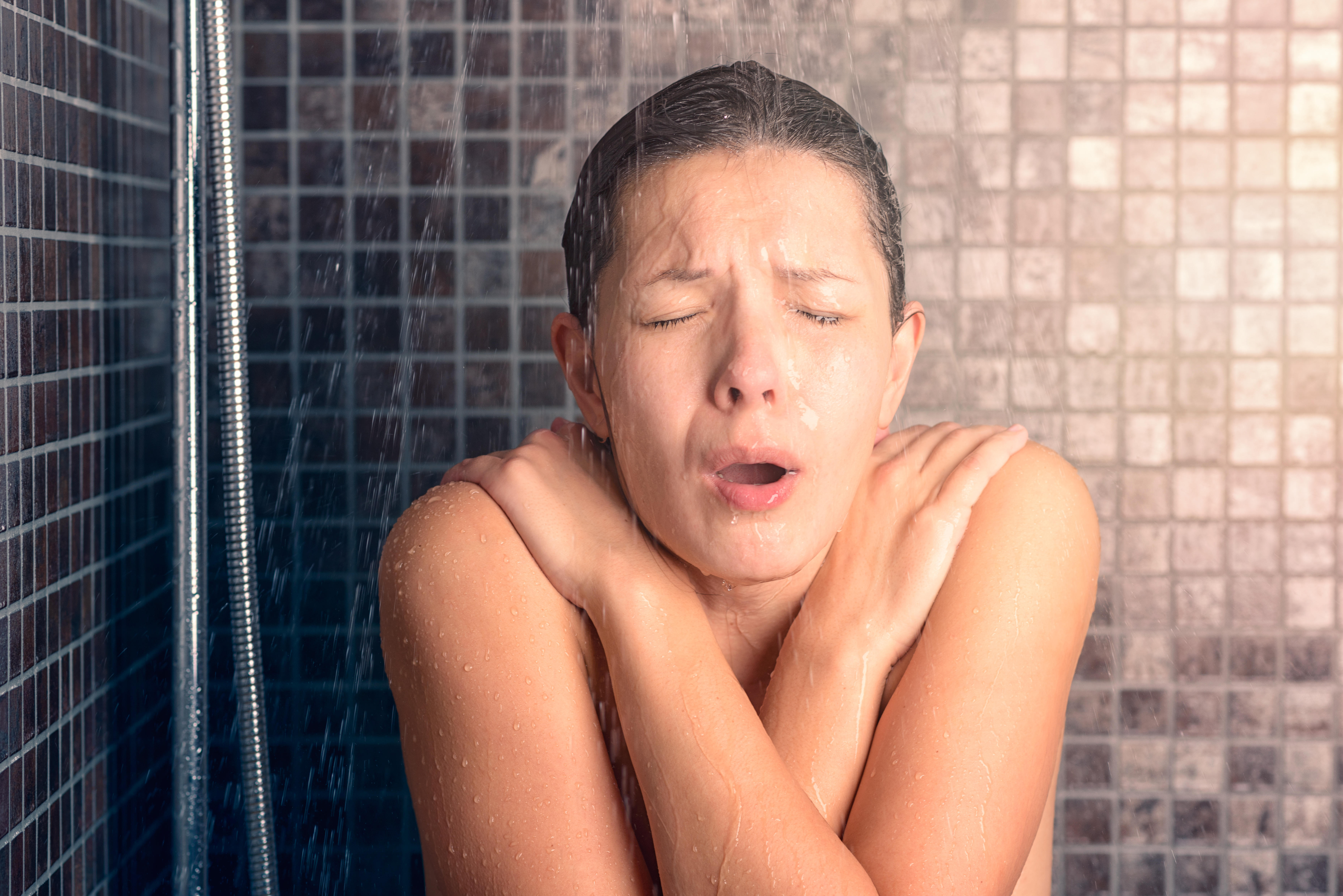
Those more accustomed to cold showers might start at 6 degrees, and seasoned pros can go colder. However, extremely low temperatures are not recommended for beginners.
DON’T If You Have Certain Health Conditions
Avoid ice baths if you have cardiovascular disease or high blood pressure. The cold can constrict blood vessels and slow blood flow, posing serious risks.
People with type 1 and type 2 diabetes should also be cautious as they may have a reduced ability to maintain core temperature. Always consult a doctor if you have any pre-existing health issues.
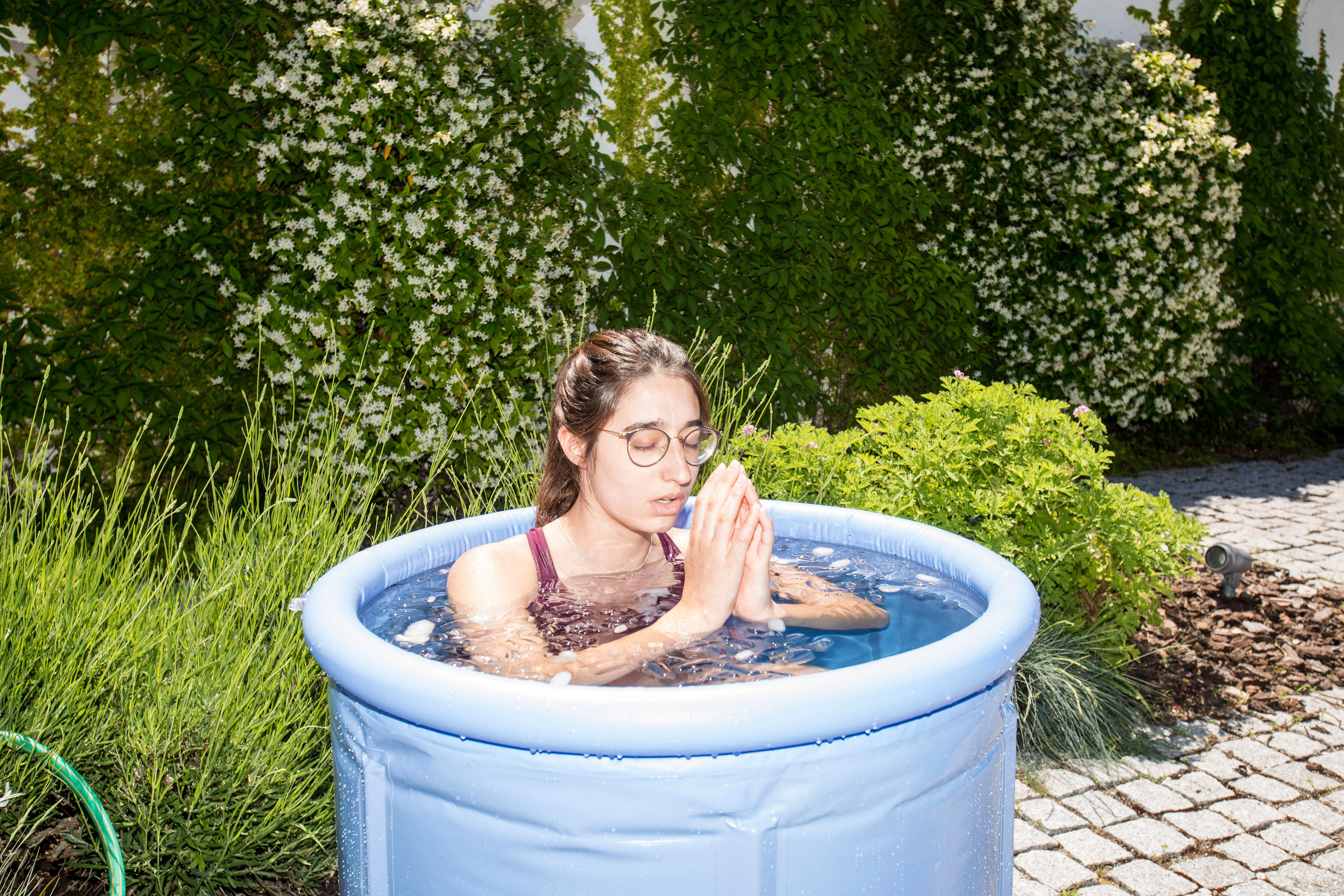
DO Know Your Limits
Even seasoned cold water enthusiasts often only stay in for a few minutes. Dr. Rhianna McClymont, lead GP at Livi, advises that you get mental health benefits within the first two to three minutes. Healthline suggests a maximum of 10 to 15 minutes for ice baths.
DON’T Jump Straight into Warm Water Afterwards
Avoid taking a warm shower or bath immediately after an ice bath. Gough warns that the rapid temperature change could cause you to pass out. Instead, Eflerova recommends waiting two hours before warming up with a bath or shower.

DO Warm Up Properly
While a hot bath is off the table, it’s still essential to warm up properly after an ice bath. Dry off, wrap up in warm clothes, and have a hot drink and snack.
McClymont advises that your body will continue to cool down for about half an hour after being in cold water, so taking steps to warm up gradually is crucial.
Safety First
Remember, before embarking on ice baths, consult your doctor to ensure it’s safe for you. With the right precautions, you can enjoy the benefits of this trendy practice without unnecessary risks.

